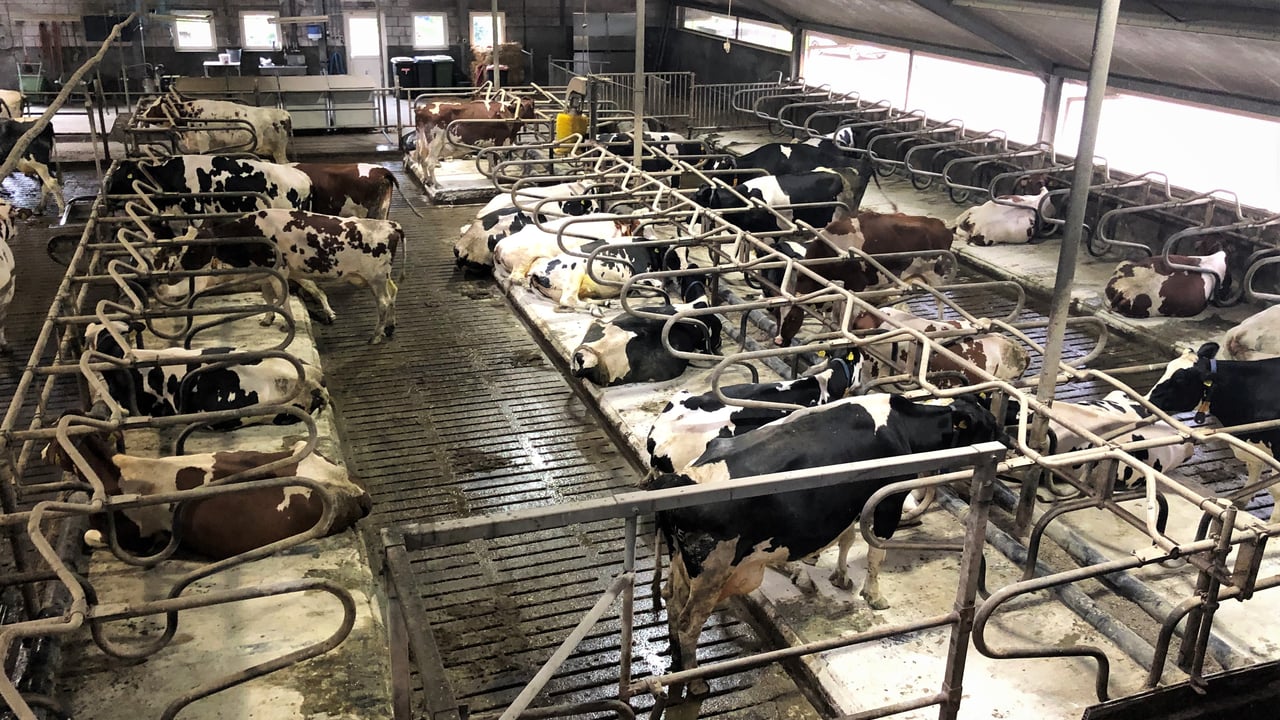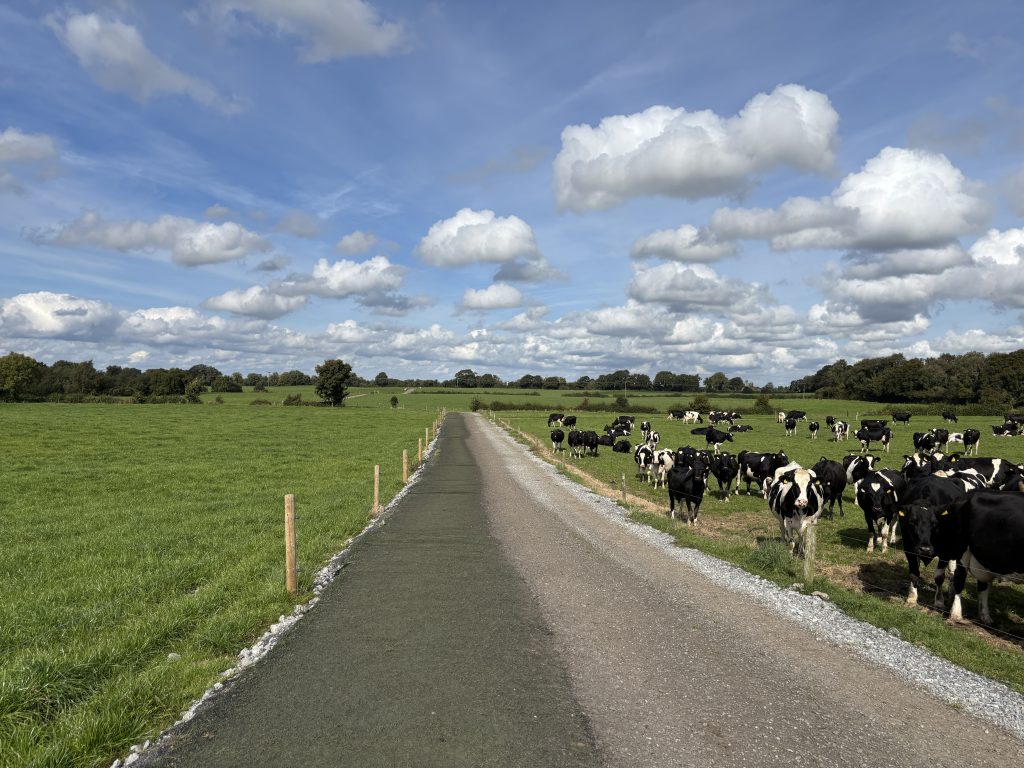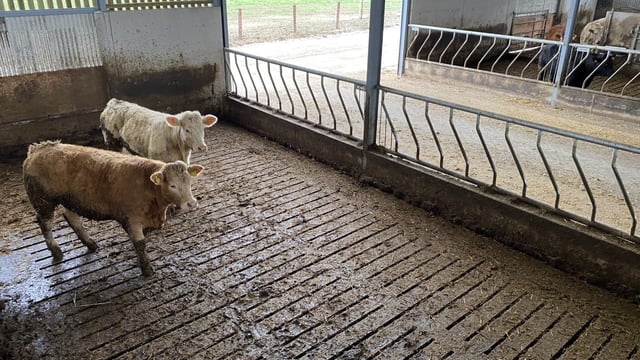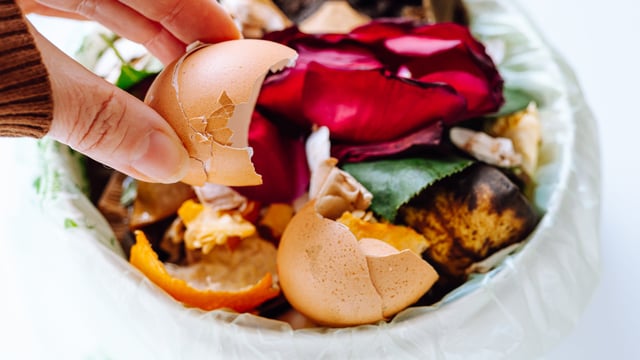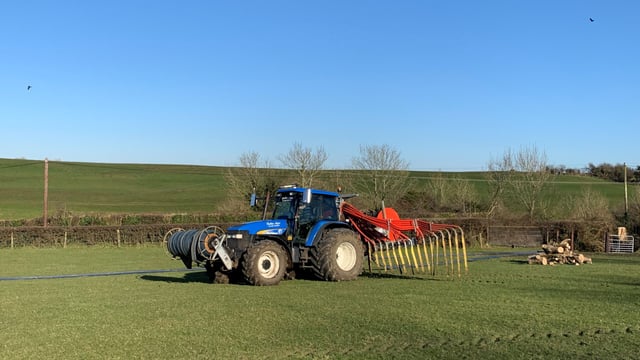Controlling lameness before the housed period
Lameness is a scourge seen in over 10% of the national dairy herd, which becomes even harder to control at this time of the year.
Lameness is estimated to cost up to €8,750 in a 100-cow herd annually when high prevalence is present.
According to some studies, severe lesions can cost more than €500 per case when treatment, lost milk production, poor fertility, as well as any additional factors are included - a high price to pay in a time where every cent matters.
On top of lost revenue, lameness presents itself as a serious welfare issue, causing pain to the cow and preventing her from moving and behaving normally.
Therefore proper management is vital in controlling the problem on farm, with farmers currently pushing for a smooth transition from pasture to housing.
This is a critical time as the cows' hooves will need to adapt from soft pasture to hard concrete slowly before the permanent transition.
Due to the rain over the last week, a lot of farmers will have cows in by night, which will greatly help before full-time housing, which we can expect over the next two weeks.
Preventing lameness
Farmers should continue to foot bath their cows in the weeks leading up to housing in a bid to prevent infectious lameness such as mortellaro, with farmers being advised to consider foot bathing once a week if the infection is present.
It is always a good practice to carrying out hoof trimming before housing the herd to encourage a healthy hoof shape and growth.
Follow the simple steps, such as keeping roadways and collecting yards well maintained.
A lot of farmers have also chosen to install astroturf in recent years to help prevent non infectious lameness.
Ensure animals have enough feed space if buffer feeding and for when cows are fully in, as this is often where cows get lame when tussling for feed, picking up problems such as sole bruising.
Farmers who are buffer feeding often fence off cubicles to keep cows near feed before/after milking, so it is important to remember that space will be tighter.
It is also important to keep good hygiene in these areas, making sure scrapers are working so cows are not standing in dung.
If they are, their claw horn and skin may soften, and digital dermatitis may be introduced.
When cows are in full time, ensure there is adequate and comfortable cubicles that will encourage cows to lie down.
If you are winter milking, you must keep a keen eye on the freshly calved cows, as body condition changes may see the padding on the heel of their hoofs thinning out.
When trying to make this condition back up, it is also important not to add concentrates to the diet too quickly, as this may only cause rumen acidosis, which can in turn cause inflammation in the hoof.

